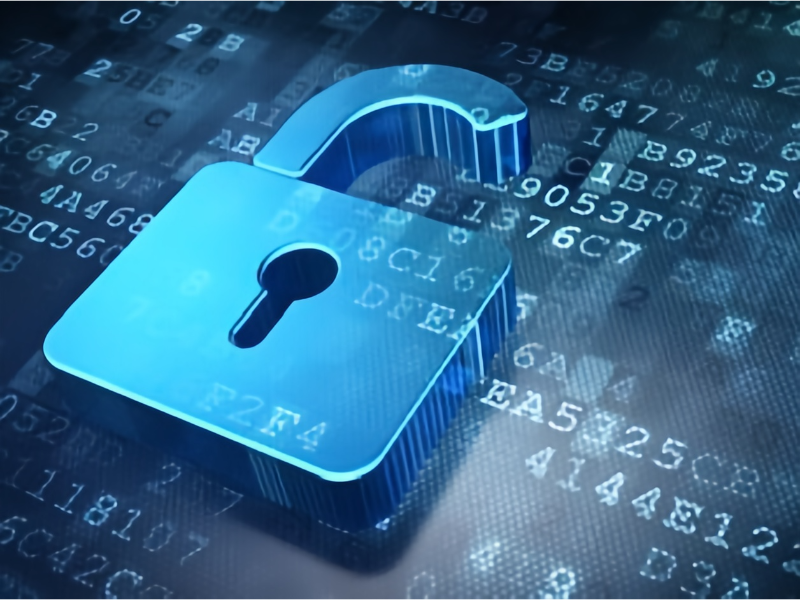- Encryption, authentication, network slicing, zero-trust architecture, and AI-driven threat detection are vital for securing 5G networks.
- Security solutions for 5G must encompass encryption, authentication, network segmentation, zero-trust principles, and AI-powered threat detection to provide comprehensive protection.
- Collaboration among stakeholders, adherence to standards, and prioritizing security by design are essential for driving continuous innovation and ensuring the resilience of 5G networks against emerging cyber threats.
The rollout of 5G technology promises lightning-fast speeds, low latency, and the ability to support an unprecedented number of devices simultaneously. However, as we eagerly embrace the potential of 5G networks, it’s crucial to address the security challenges that come hand in hand with this next-generation technology. With the proliferation of IoT devices, autonomous vehicles, smart cities, and critical infrastructure relying on 5G, the stakes for security have never been higher. To ensure the integrity, confidentiality, and availability of 5G networks, innovative security solutions are essential. Let’s delve into five key security solutions that are instrumental in safeguarding the future of 5G.
Encryption and authentication
Implementing robust encryption mechanisms, such as end-to-end encryption and quantum-resistant cryptography, ensures that data transmitted over 5G networks remains secure and confidential. Additionally, strong authentication protocols, including multi-factor authentication and digital certificates, help verify the identities of devices and users accessing the network, mitigating the risk of unauthorized access and data breaches
Network slicing and segmentation
Network slicing allows operators to partition a single physical network into multiple virtual networks, each tailored to specific use cases with unique security requirements. By segmenting traffic and resources, operators can isolate sensitive applications and services from potential threats, preventing lateral movement and minimizing the impact of security incidents. Furthermore, deploying software-defined networking (SDN) and network function virtualization (NFV) enables dynamic allocation of resources and rapid response to security incidents.
Also read: Why is 5G needed for autonomous vehicles?
Zero trust architecture
Adopting a zero-trust approach assumes that no entity, whether inside or outside the network perimeter, can be inherently trusted. Instead of relying on traditional perimeter-based security measures, zero-trust architecture enforces strict access controls, continuous authentication, and least-privilege principles to verify every request before granting access to resources. By adopting a zero-trust mindset, organizations can mitigate the risk of insider threats, lateral movement, and unauthorized access to critical assets in 5G environments.
AI-powered threat detection and response
As the volume and complexity of cyber threats continue to evolve, leveraging artificial intelligence (AI) and machine learning (ML) technologies becomes imperative for proactive threat detection and rapid incident response. By analyzing vast amounts of network telemetry data in real-time, AI-powered security solutions can identify anomalous behavior, detect sophisticated attacks, and autonomously orchestrate mitigation actions to thwart cyber threats effectively. Moreover, AI-driven security analytics enable security teams to gain actionable insights into emerging threats and enhance the overall resilience of 5G networks.
Also read: Edotco’s expansion in Sri Lanka’s 5G-ready pole market
Security by design
Integrating security into the design and development process of 5G infrastructure and devices from the outset is fundamental to building secure-by-design solutions. By adhering to industry best practices, standards, and frameworks, such as the 3rd Generation Partnership Project (3GPP) security specifications and the National Institute of Standards and Technology (NIST) cybersecurity framework, vendors and manufacturers can address security considerations holistically throughout the product lifecycle. Moreover, fostering collaboration among stakeholders, including telecom operators, equipment suppliers, regulators, and cybersecurity experts, is essential to promoting a security-first mindset and driving continuous innovation in 5G security.
While 5G technology unlocks unprecedented opportunities for innovation and economic growth, it also introduces new security challenges that must be addressed proactively. As we navigate the complexities of the 5G era, investing in robust security solutions remains paramount to realizing the full potential of this transformative technology while safeguarding against emerging cyber threats.

